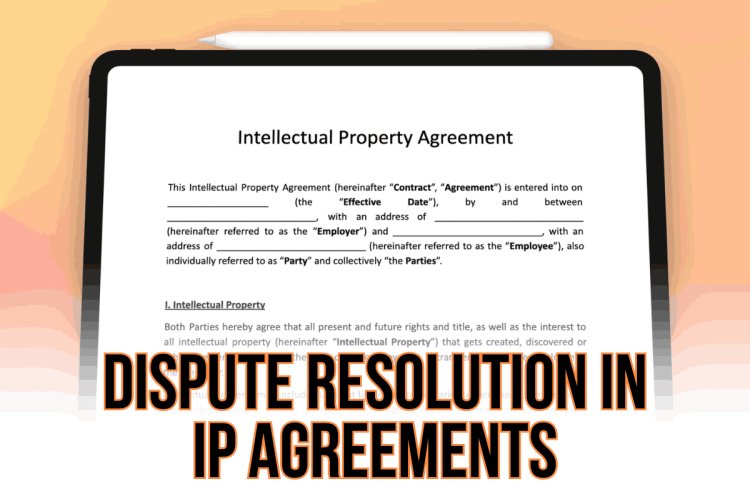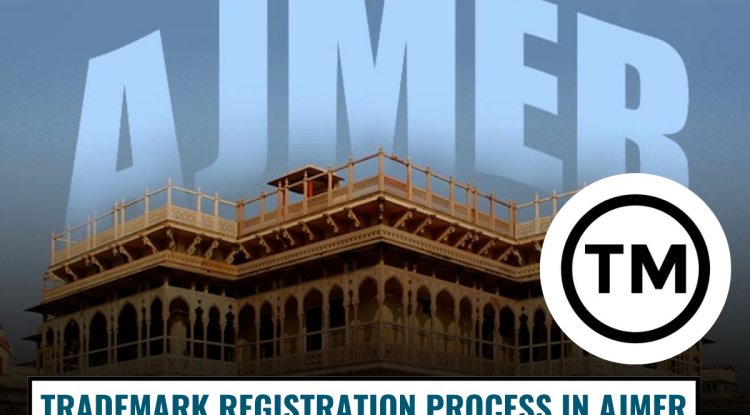Dispute Resolution in IP Agreements: Ensuring Fairness and Protection.
Disputes are inevitable in intellectual property (IP) agreements due to the complexities involved in protecting intangible assets. Effective dispute resolution mechanisms are crucial to ensure fairness and protection for all parties involved. This article explores the importance of incorporating robust dispute resolution clauses in IP agreements, examines common methods of resolving IP disputes, and provides insights into best practices for achieving satisfactory outcomes. By understanding the significance of dispute resolution mechanisms, stakeholders can safeguard their intellectual property rights and foster innovation in a conducive environment.

Introduction:
Intellectual property (IP) is a valuable asset for businesses, encompassing trademarks, patents, copyrights, and trade secrets. However, disputes often arise concerning the ownership, infringement, or misuse of these intangible assets. Resolving such disputes efficiently and fairly is essential to protect the rights of IP holders and foster innovation. In this article, we delve into the significance of dispute resolution mechanisms in IP agreements, explore common methods of resolving IP disputes, and provide insights into best practices for ensuring fairness and protection for all parties involved.
Important of dispute resolution in IP agreements
Intellectual property (IP) agreements are essential legal frameworks that govern the rights and responsibilities of parties with respect to intellectual property. Such agreements define ownership, usage rights, confidentiality provisions, and dispute resolution mechanisms. Dispute resolution clauses are a critical component of IP agreements as they provide a roadmap for resolving conflicts without resorting to costly and time-consuming litigation.Dispute resolution is an important part of any agreement, and it becomes even more crucial when it comes to IP agreements. These agreements often involve complex legal issues, and the parties involved may have competing interests, which can lead to disputes. In such cases, it is essential to have clear and comprehensive dispute resolution provisions that can ensure that disputes are resolved efficiently and effectively.
Effective dispute resolution clauses in IP agreements can help mitigate risks and preserve business relationships. In many cases, disputes can be resolved amicably through negotiation or mediation, which can help maintain the goodwill and trust between the parties involved. By providing a clear roadmap for resolving disputes, IP agreements can also help parties avoid costly legal battles that can damage their reputation and drain their resources.Moreover, dispute resolution provisions in IP agreements can uphold the integrity of intellectual property rights. These provisions can help protect the IP owner’s rights and prevent unauthorized use or infringement of their intellectual property. By including clear and comprehensive dispute resolution clauses in IP agreements, parties can ensure that their intellectual property rights are protected and enforced.
In conclusion, dispute resolution clauses are an essential component of IP agreements. They provide a roadmap for resolving disputes efficiently and effectively, mitigate risks, preserve business relationships, and uphold the integrity of intellectual property rights. Therefore, it is crucial to ensure that IP agreements contain clear and comprehensive dispute resolution provisions to avoid costly and time-consuming litigation and protect the parties’ interests.
Common Methods of Resolving IP Disputes:
Mediation: Mediation involves the intervention of a neutral third party who facilitates negotiations between disputing parties to reach a mutually acceptable resolution. Mediation is a voluntary and confidential process that allows parties to express their grievances, explore options for settlement, and maintain control over the outcome. Mediation is particularly beneficial for preserving business relationships and minimizing the adversarial nature of disputes.
Arbitration: Arbitration is a more formal alternative to mediation, wherein disputing parties present their case to an impartial arbitrator or panel of arbitrators. The arbitrator(s) render a binding decision based on the evidence and arguments presented by both parties. Arbitration offers a faster and more cost-effective resolution compared to litigation, and the proceedings are confidential. However, parties must abide by the arbitrator’s decision, which may limit their ability to appeal.
Litigation: Litigation involves resolving disputes through the court system, wherein parties present their case before a judge or jury. Litigation is often considered a last resort due to its high costs, lengthy timelines, and public nature. However, litigation may be necessary in cases involving complex legal issues, egregious misconduct, or the need for injunctive relief. While litigation provides a definitive resolution, it can strain relationships and consume significant resources.
Best Practices for Effective Dispute Resolution in IP Agreements:
Clarity and Specificity: Dispute resolution clauses should be drafted with precision to clearly outline the procedures, timelines, and responsibilities of the parties involved. Ambiguity or vagueness in the language of the clause may lead to confusion and disputes regarding interpretation.
Consideration of Jurisdiction and Governing Law: Parties should carefully consider the jurisdiction and governing law applicable to the dispute resolution process. Selecting a neutral jurisdiction and specifying the governing law can enhance the enforceability and fairness of the resolution.
Expertise and Experience: Selecting qualified mediators, arbitrators, or legal counsel with expertise in intellectual property law is crucial for achieving satisfactory outcomes. Experienced professionals can navigate the complexities of IP disputes and facilitate constructive dialogue between the parties
Conclusion
Intellectual property rights are crucial for the protection of intangible assets such as ideas, inventions, and creative works. They not only encourage innovation but also provide a platform for creators to reap the benefits of their hard work. However, disputes over intellectual property rights are a common occurrence and can lead to significant financial losses, damage to reputation, and even legal battles.Effective dispute resolution mechanisms play a vital role in safeguarding intellectual property rights. Parties to an intellectual property agreement should incorporate robust dispute resolution clauses that outline the steps to be taken in the event of a disagreement. Adopting best practices for dispute resolution can mitigate risks, preserve business relationships, and ensure the protection of valuable intangible assets.
Mediation, arbitration, and litigation are the most commonly used methods for resolving intellectual property disputes. Mediation involves a neutral third party who helps the parties reach a mutually acceptable solution. Arbitration entails a neutral arbitrator who hears the evidence presented and makes a binding decision. Litigation, on the other hand, involves taking the dispute to court.Each method of dispute resolution has its advantages and considerations, and the choice of method should be tailored to the specific needs and circumstances of the dispute. Mediation is often the preferred method as it allows the parties to maintain control over the outcome, is less formal, and can be less expensive. Arbitration is often faster than litigation and can be less expensive, but the decision is binding and cannot be appealed. Litigation can be costly and time-consuming, but it offers a more formal process and the possibility of appealing an unfavorable decision.
Ultimately, a proactive approach to dispute resolution is indispensable for maintaining a conducive environment for creativity, collaboration, and growth in the realm of intellectual property. Prompt and effective resolution of disputes ensures that valuable intellectual property rights are protected and that parties can continue to innovate and create without fear of infringement or misappropriation. By incorporating robust dispute resolution mechanisms, parties can build trust, maintain good relationships, and foster a culture of innovation.












